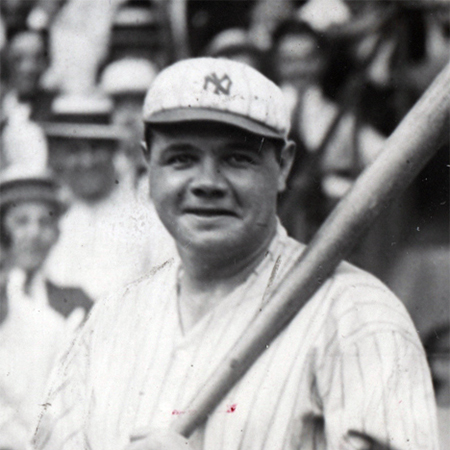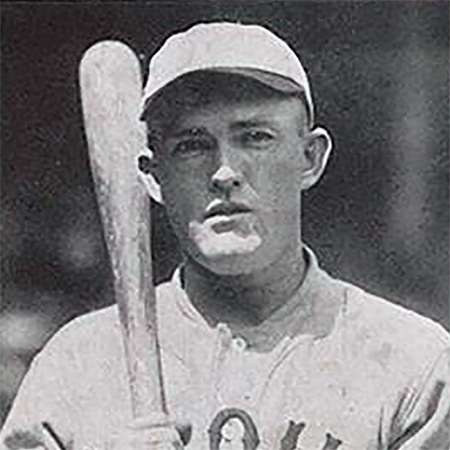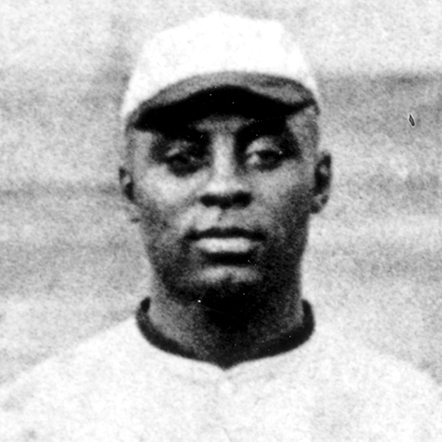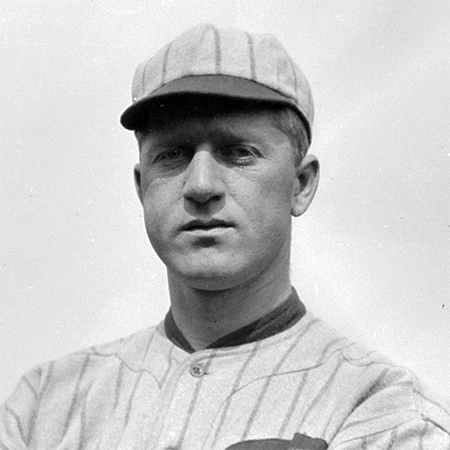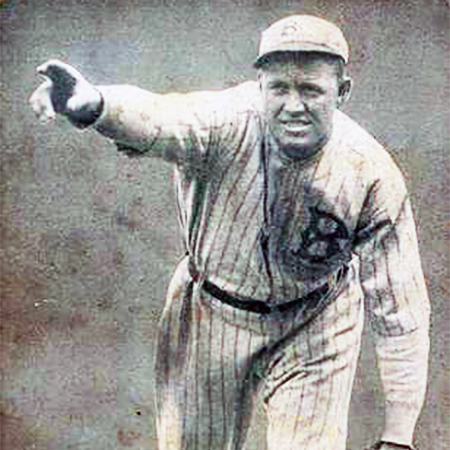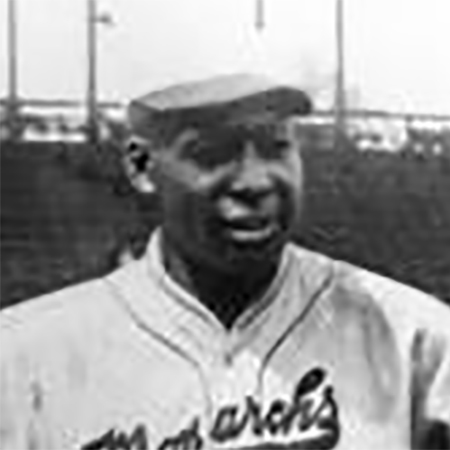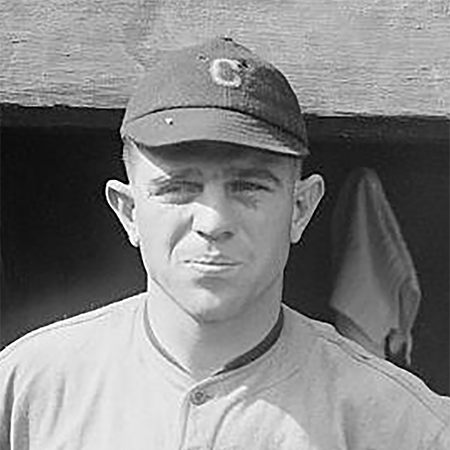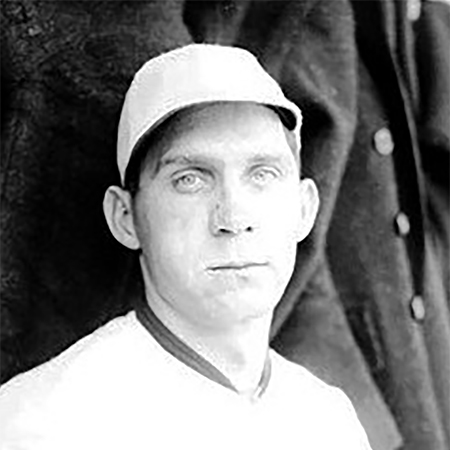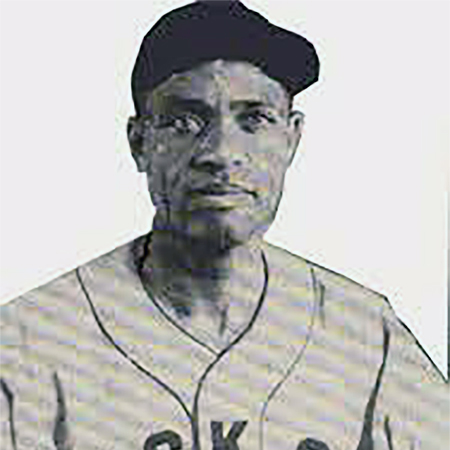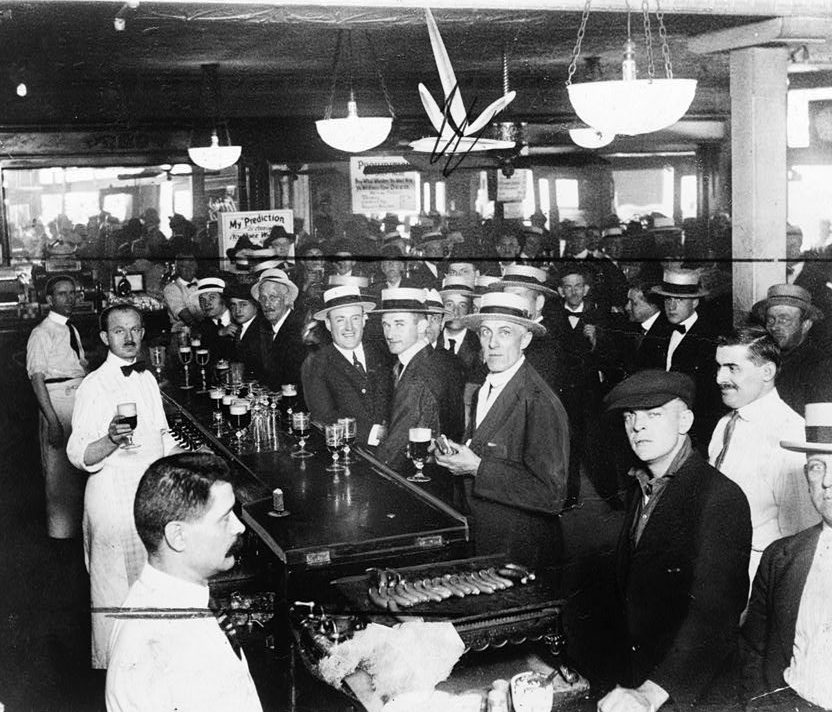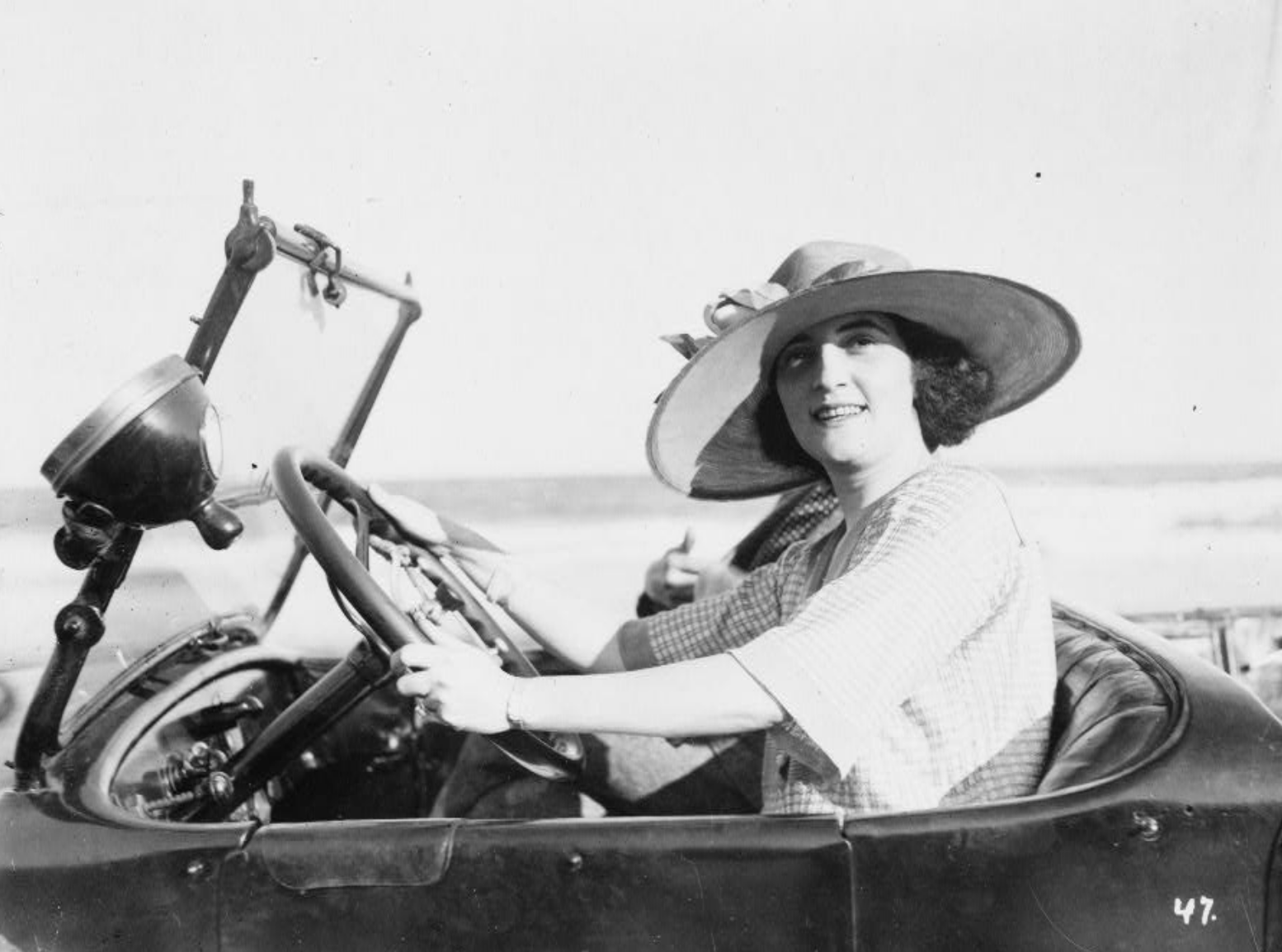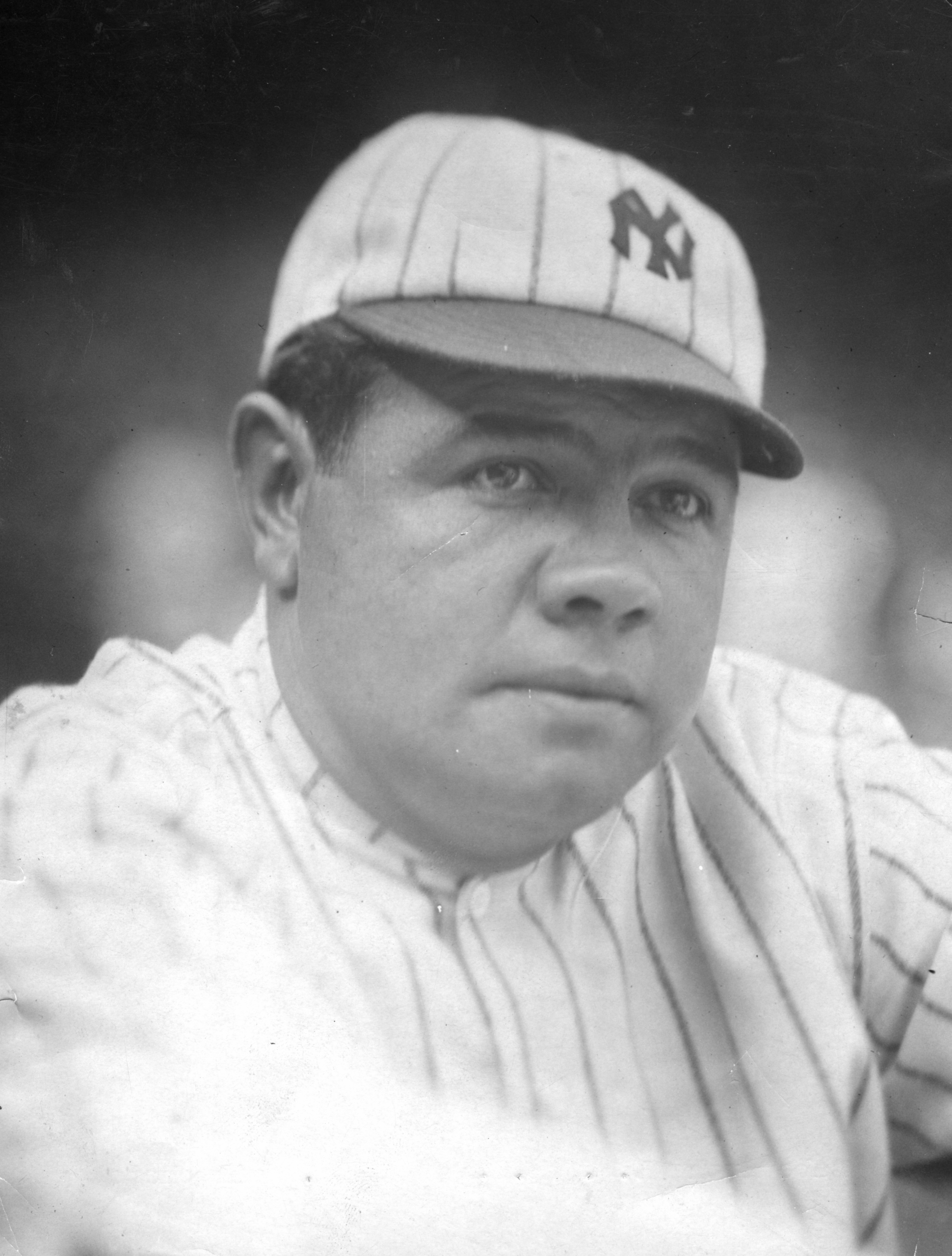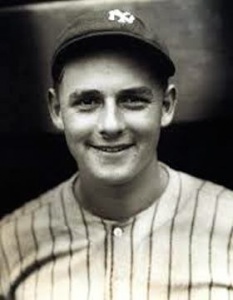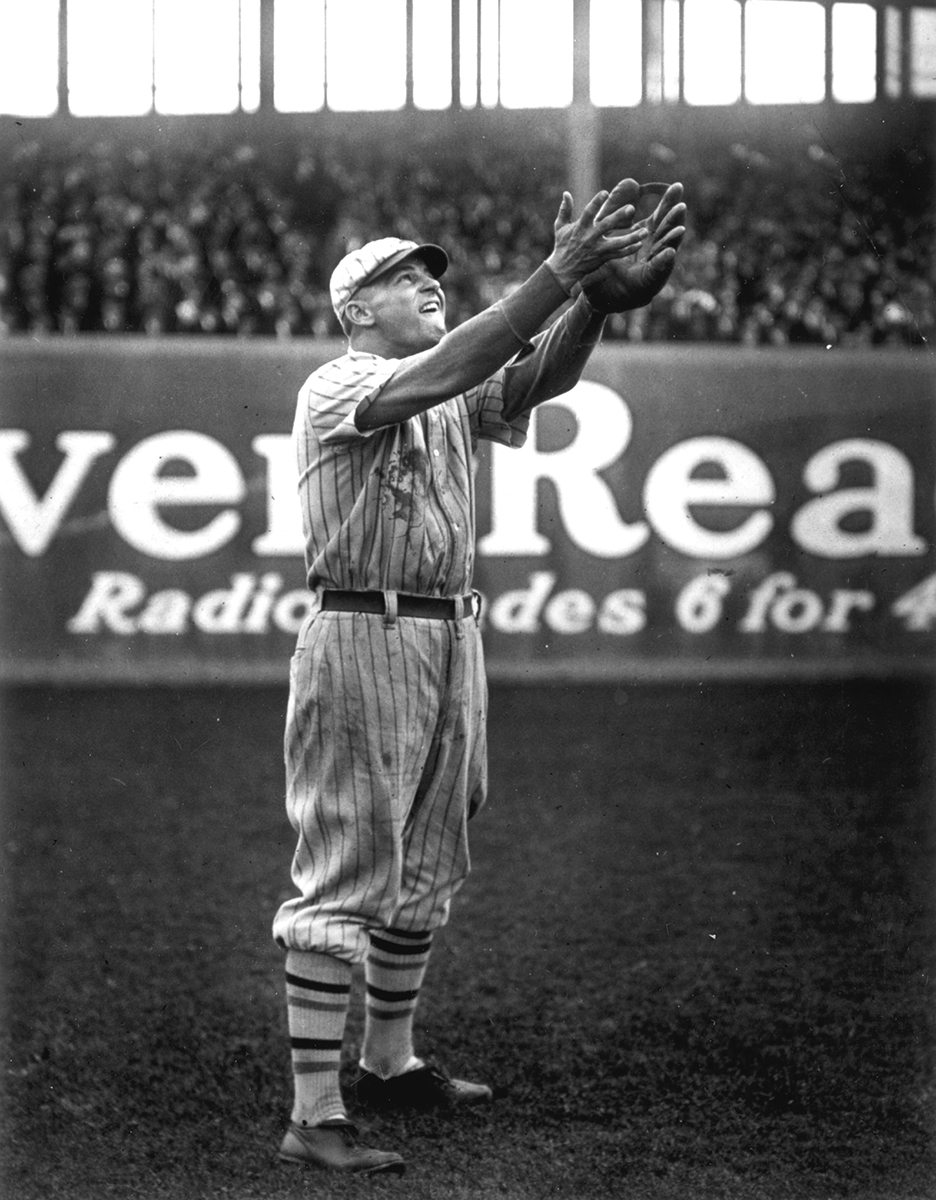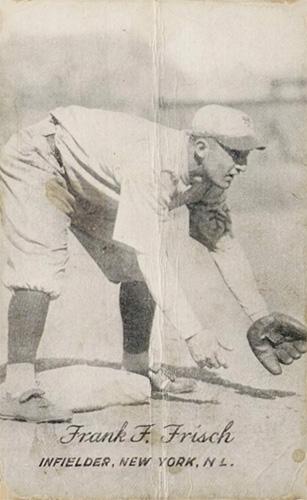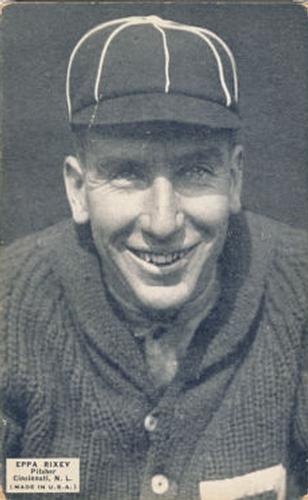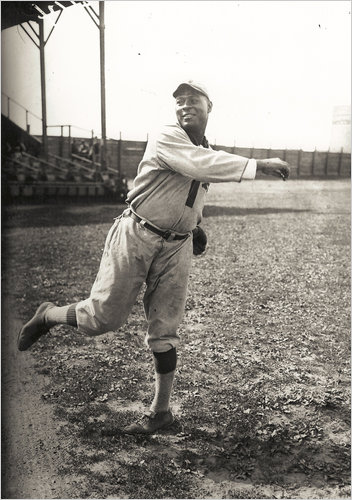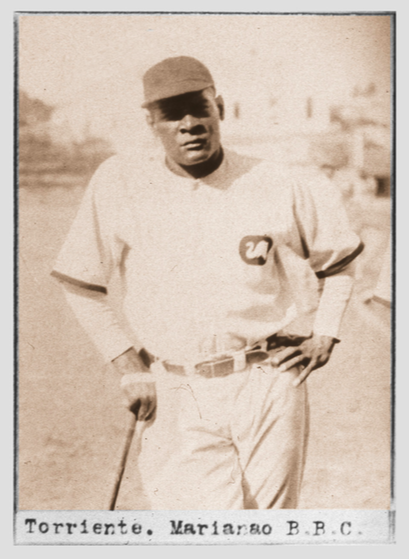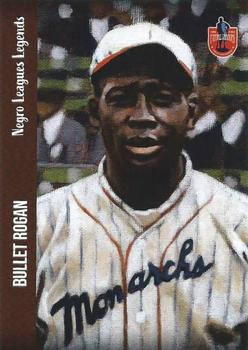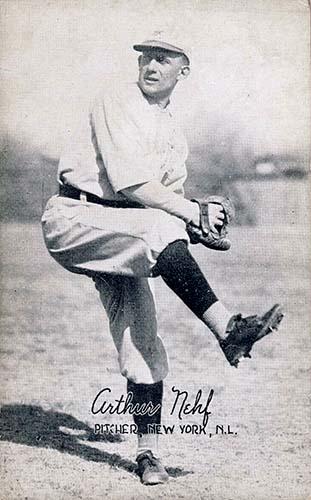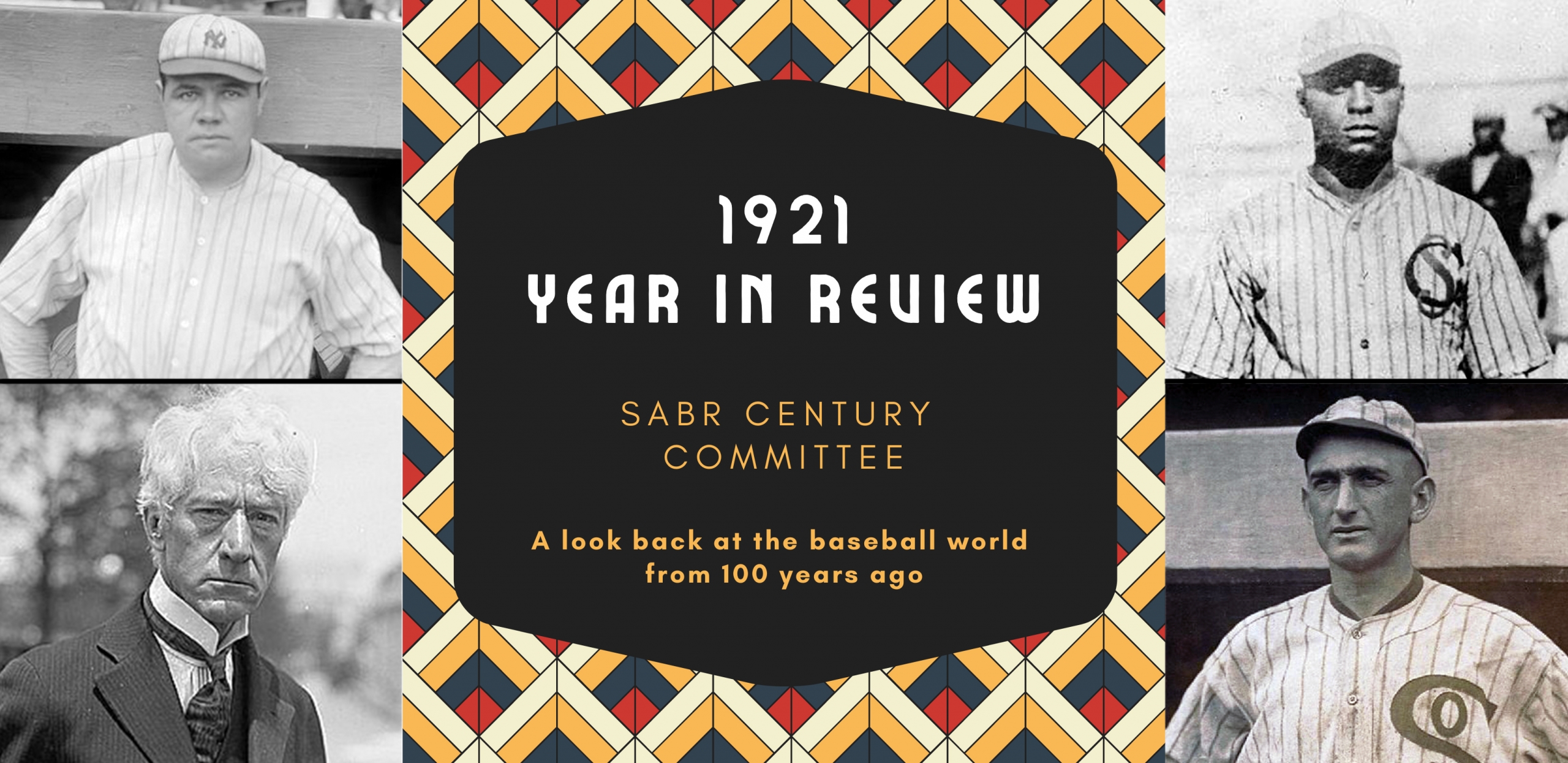
The 1921 season was a pivotal one in baseball history. Led by Babe Ruth’s record-setting 59 home runs, the New York Yankees began establishing a dynasty that would span most of the twentieth century by winning their first American League pennant. Their first World Series was an epic all-New York City matchup against the National League champion Giants, managed by the legendary John McGraw, a proponent of the small-ball, low-scoring style of play that had dominated the Deadball Era.
Ruth’s home run exploits — the 26-year-old slugger set a new single-season record for the third straight year — showed everyone there was a different way to win. (“Let the kids play” was not the catchphrase of the day, but the idea was the same.) The Yankees drew more than 1 million fans in home attendance in 1921, a feat accomplished by no other team in baseball history before the Yankees first did it the year before, while still renting the Giants’ home ballpark at the Polo Grounds. Soon, the American Leaguers would have a new ballpark to call their own: Yankee Stadium, “The House that Ruth Built,” which opened two years later.
The Negro National League celebrated its second season of play in 1921, with individual stars like Oscar Charleston — who won the league’s Triple Crown — of the St. Louis Giants and two-way phenom Bullet Rogan of the Kansas City Monarchs, along with the powerhouse pennant winners, Rube Foster’s Chicago American Giants. Newly available statistics for the segregated all-Black league — which operated during an era of horrific racial violence around the United States — show a growing trend toward home run-happy offenses that affected all levels of baseball. Baseball had fully entered into the Lively Ball Era.
The sport also became more widely accessible in the early 1920s to fans who were able to follow along from their homes by tuning in to games on the radio. The first baseball broadcast on commercial radio took place in the summer of 1921 at Forbes Field, an innovative experiment by a young electrical engineer, Harold W. Arlin, for KDKA radio in Pittsburgh. By 1923, Arlin and other broadcasting pioneers were calling World Series games for the entire nation, bringing in millions of new fans to the national pastime.
Finally, American culture still reverberates with the ruling made in August 1921 by the newly hired commissioner of baseball, Kenesaw Mountain Landis, banning eight disgraced Black Sox players for life after they were caught fixing the 1919 World Series. Landis’s actions — which continue to play out in popular culture through films such as Eight Men Out and Field of Dreams — helped establish his authority in a new role and changed the landscape of baseball’s power structure forever.
— Sharon Hamilton, Century Committee chair
SABR’s Century Committee invites you to join us on a journey back in time to learn more about baseball in 1921:


